What does Prince Valiant, Sparky Sweets, Joker, Tarzan, and Blunder Broad have to do the co-creator of Spider-Man? The answers to all of this, a slightly X-rated paragraph, and the answer to “Who inspired Ditko?” are in this post! Plus, who can finish this equation: A = ?
In the recent weeks, there has been a lot of talk about how this artist or that writer was influenced by Steve Ditko. We know who was inspired by Ditko, but the question I want answered is who inspired Ditko?
Since Ditko does not like to dwell on the past and does not like to give interviews. In a response to a letter written by Dan Gvozden to Ditko about his influences, Ditko wrote, “I never kept any kind of record of what ‘inspired’ me or directed me to one area of another.” He dismissed it all with, “Past work is irrelevant.” So we are left having to do guess work based on what we know of his history and what he has mentioned in letters for where his artistic inspiration comes from.
So let’s tackle the hard one first – the art.
While Ditko doesn’t come out and directly credit one artist or the other, we can look at his childhood and piece together who was important to his love of sequential art. Going way back to his childhood (the ’30s and early ’40s), we can find things that certainly impacted Ditko, such as Prince Valiant.
Prince Valiant
His father loved it, so it was a focus of the family. They would collect all the Sunday strips and sew them together and give it to him on Christmas so that he could sit down and read the entire year worth of stories. Each strip detailed the Arthurian Prince Valiant and is incredibly detailed. It is not that far of a stretch to say that a young Ditko, seeing this as his first comic-style art, would not have the style and morals taught in it impressed upon his young mind. The strip continues to this day. If you just need to know more about Prince Valiant, there is a pretty good Mental Floss list on it.
Eisner
As he grew older, Ditko enjoyed reading Will Eisner’s, The Spirit. There is even one account of Ditko going out into a blizzard in order to make sure he got the paper. When he got home, he took out the section with The Spirit and tossed the other in the trash. His mother would sew cloth covers for him to keep his favorite The Spirit strips. We can see his tribute to this character in his Dr. Strange artwork by the iconic window in Strange’s house being an alteration of the Spirit’s hide away.
Jerry Robinson
However, the most impactful comic book influence was Batman. To be more specific, Jerry Robinson’s art in Batman. Our own Chi-Town Spidey will be happy to know that Ditko was an early cosplayer! He had his mother sew him a Batman suit and a Robin suit for his best friend. Too bad we don’t have a picture of that dynamic duo.
Ditko served in the military and while there, drew comics for the army newspaper. I have looked for one of his strips, but sadly, came up short. If anyone can find one, send it to me in the comments. When he was discharged, Ditko used the G.I. Bill to take classes at the Cartoonists and Illustrator’s School with his favorite Batman artist, Jerry Robinson.
When finding the source of inspiration for Ditko’s artwork, Robinson is it. Not only did he draw Ditko’s favorite comic as a child, at a time when he made the choice to be a comic artist when he grew up, but he also trained Ditko on how to draw. Robinson is most noted for his input on the creation of the Joker, Alfred, and Two-Faced. Ditko himself said, “Until I came under the influence of Jerry Robinson, I was self-taught, and you’d be amazed at the hours, months, and years one can spend practicing bad drawing habits.”
He went on to say that Robinson taught him all the basics of art, “perspective, composition, anatomy, drapery, light and shade, storytelling, etc.” He credits Robinson’s lessons on storytelling as being key to his whole approach.
Burne Hogarth
Shaun Clancy wrote Ditko a letter trying to get him to identify people from Ditko’s art school. Ditko said he couldn’t remember, but did remark that Jerry Robinson and Burne Hogarth were two of the instructors. Actually, Hogarth was the founder of the school. The fact that Ditko felt it necessary to mention Hogarth’s name may also mean that Hogarth had some influence on Ditko’s art style. Or it could just mean that he respected the guy. Hogarth is best known for his early work on Tarzan and his supporters claim that most of the big named artist of Ditko’s generation were influenced by his page design style.
Eric Stanton
The last art influence I could find was Eric Stanton. We might ought to title this paragraph “Cobwebs After Dark”. Women, children, and weak men should skip to the bottom of this paragraph to continue reading. The two shared an apartment studio with him in 1960. Stanton said that they would often dabble in each other’s work, but Ditko at one point denied ever touching Stanton’s stuff (I probably could have worded that better). Why? Well, let’s say that Stanton’s work was not normal comics – he was into drawing bondage and worked on mags like Bizarre Museum, Helga’s Search for Slaves, Fifi Chastises her Maids, Priscilla: Queen of Escapes, Perils of Dianna, and Running Wild (just to name a few). He created characters like Blunder Broad and the Princkazons (do yourself a favor and do NOT look that one up). However, Stanton maintains that they often would ink over each other’s work and that Ditko did some coloring for him. Stanton also says that he remembers helping Ditko a little on Spider-Man, claiming that he thinks he was the one who came up with the idea that the webbing would come from Spider-Man’s hands. And no, I will NOT be posting any of his work.
Now, for the easy part – philosophy
The easier influence to find is what influenced his story ideas. If you’ve listen to any podcast on Ditko or read any article about who he was, you heard the term “objectivism” or the name Ayn Rand. Rand was an author of some books that espoused her particular views on the world. Stan Lee is the one who turned Ditko onto Rand, but my feelings are that Ditko already had this worldview and that Rand just helped him focus it.
She wrote several books and essays, but is best known for these three fiction books that help to exemplify objectivism: Fountainhead, Atlas Shrugged, and Anthem. To give you an idea of what they are about, I’ll let Sparky Sweets sum up Fountainhead for us.
Followers of Ayn Rand are pretty passionate. As a high school teacher, I get an offer every year to receive a free class set of Ayn Rand books as long as I agree to teach it in class.
So what exactly is objectivism? Here is a quick crash course so you’ll at least have a general understanding the next time someone mentions Ditko’s philosophy:
Reality is an absolute. Rand’s equation for this (and one that Ditko reiterated in his letters) is A=A. There is no other interpretation and no wiggle room. Black is black. White is white. There is not grey. A person’s feelings, wishes, hopes, and fears are inconsequential to the facts.
Reason is the only means of perceiving reality. Our ability to reason is our only source of knowledge, our only guide to action, and our only means of survival. Which makes it even more ironic that Ditko was praised by the hippie culture and saw his Dr. Strange creation as the condoning and avocation of mind altering drug use.
Every man is an end in himself, not the means to the ends of others. To break this down, doing good for others for the sake of doing good is a useless and pointless endeavor and actually harmful to mankind in the long run. On the other hand, one should not exploit others for their own self-interests. The highest purpose in life is the pursuit of one’s own rational self-interest. This tenet also pretty much rules out a religious belief for followers of objectivism.
The ideal government is one that promotes a hands off approach to capitalism. The only job a government has in maintain markets is to prevent one from using physical force against another. The market will regulate itself. For the most part it should be a complete separate of market and state, much in the same way there is a separation between religion and state.
One of the theories of why Ditko left was that he had disagreements with Stan Lee about who the Green Goblin was. Even understanding how uncompromising Ditko was, I never quite got the reason for the quitting with the decades of resentment over just that. intriguing theory is that Norman Osborn was being created by Ditko to be a model of capitalism, a man who demonstrates the virtues of Ayn Rand and was irritated when Lee pushed for him to be not just a bad guy, but THE bad guy. It’s just a theory and we will never know for certain now. Supposedly there is an essay on why he quit, but I tried to buy it a while back and was told that it was out of print. I have not found one available online anywhere.
Knowing this, it makes a lot of sense that Ditko would say, “past work is irrelevant,” and why he didn’t make time for autographs, pictures, etc. Those things did not contribute to the quality of his work.
Need more? There is a comprehensive biography on Ditko titled Strange and Stranger: The World of Steve Ditko, but Ditko did not approve of the biography being made and wouldn’t even take a copy of it when the author tried to give him one.
Since Ditko would have found all of this reflection as irrelevant, we should end with something Ditko held strongly to the end when it comes to talking about the job of illustrating comics – “What’s next?”
What’s Next?
Well, actually bananas are coming next month, but Crawlspaceverse is looming ominously in the near future…
Sources:
Bell, Blake. Strange and Stranger: The World of Steve Ditko. Fantagraphic Books, 2008.
Blake, Elly. “Steve Ditko.” Daily Express, Press Reader, 14 July 2018, www.pressreader.com/uk/daily-express/20180714/282192241756738. Accessed 15 July 2018.
Clancy, Shaun. Letter from Steve Ditko. Facebook, 14 July 2018, 3:38 pm, www.facebook.com/groups/279226006163749/. Accessed 15 July 2018.
“Comics.” Jerry Robinson Art, 2010, www.jerryrobinsonart.com/comics/comics.html. Accessed 17 July 2018.
“Eric Stanton.” Wikipedia, Wikimedia, 8 July 2018. en.wikipedia.org/wiki/Eric_Stanton. Accessed 17 July 2018.
Gvozden, Dan. “Why Steve Dito Didn’t Look Back.” The Hollywood Reporter, 9 July 2018, www.comicsbulletin.com/main/sites/default/files/soapbox/118945139174676.htm. Accessed 17 July 2018.
“Jerry Robinson.” Wikipedia, Wikimedia, 8 July 2018, en.wikipedia.org/wiki/Jerry_Robinson. Accessed 17 July 2018.
“Novels and Works of Ayn Rand.” Ayn Rand, The Ayn Rand Institute, 2018, www.aynrand.org/novels. Accessed 17 July 2018.
Schuddeboom, Bas. “Steve Ditko.” Lambiek Comiclopedia, 9 July 2018, www.lambiek.net/artists/d/ditko_steve.htm. Accessed 15 July 2018.
“Steve Ditko.” Comic Vine, CBS Interactive, 2018, comicvine.gamespot.com/steve-ditko/4040-4026/. Accessed 17 July 2018.
Young, Thom. “Ditko Shrugged (Part 1): Ayn Rand’s Influence on Steve Ditko’s Craft, Commerce, and Creeper.” Comics Bulletin, Silver Soapbox, www.comicsbulletin.com/main/sites/default/files/soapbox/118945139174676.htm. Accessed 17 July 2018.
Images:
The Joker (second image)
‘Nuff Said!

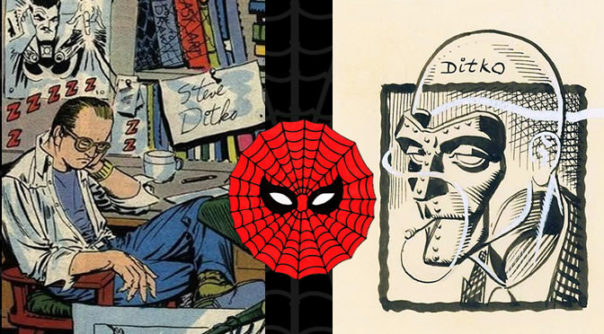
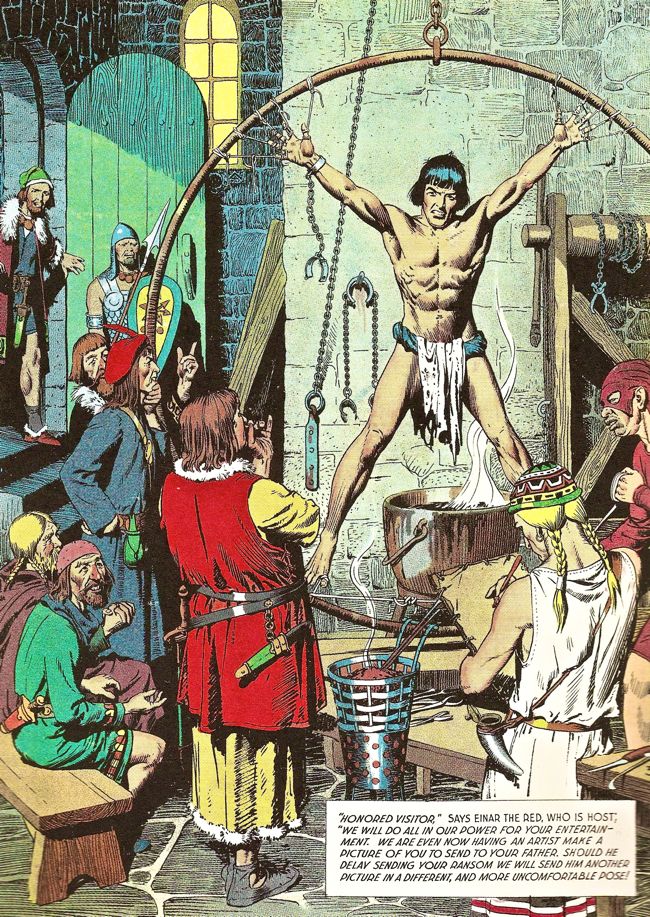

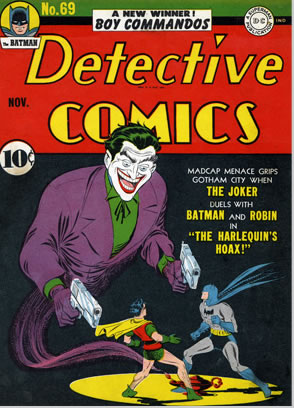

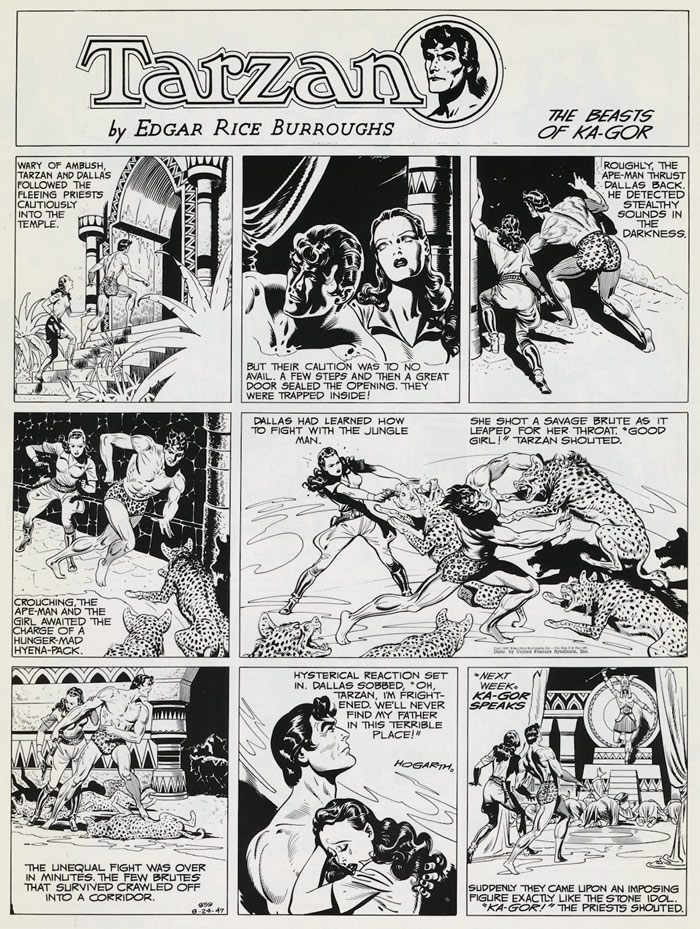






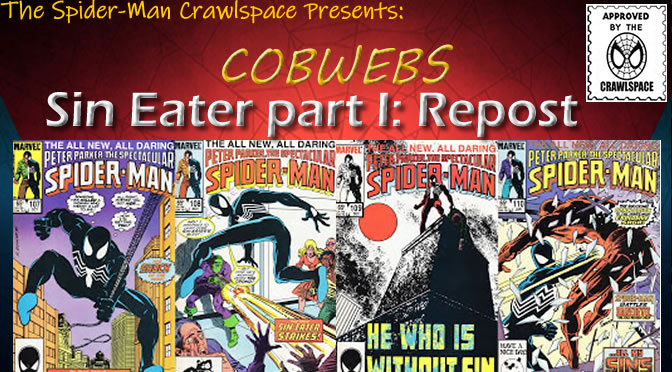






@Adam – I have hit that site before – it’s great! I didn’t even think to check it for this article. I’ll be heading over there to see if I missed anything!
We should have long-lost Crawl Space commenter DitkoLovesGreen chime in here.
@Mark and everyone else
Have you read the Dial B for Blog series on Ditko? It’s a great read, and there’s a whole section on Eric Stanton and his possible influence on Spider-Man characters.
http://www.dialbforblog.com/archives/695/
@Adam, Thomas, and Hornacek
@Adam – Right you are, sir! Except now that we are in Common Core math, A=R, but I’m not sure how to show my work on that….
@Thomas – Yeah, that bondage guy was… Yeah. I like how he is all, “Yeah, we were always touching up each other’s work!” and Ditko is like, “We never had anything to do with each other’s art.”
@Hornacek – I’m not where I can watch the video right now, but I didn’t want to leave you out!
“something Ditko held strongly to the end when it comes to talking about the job of illustrating comics – ‘What’s next?'”
Who knew that the makers of The West Wing were such Ditko fans? https://www.youtube.com/watch?v=gSUHgAp7V7c
Very interesting. The bondage guy is an unexpected influence.
A = A, of course!